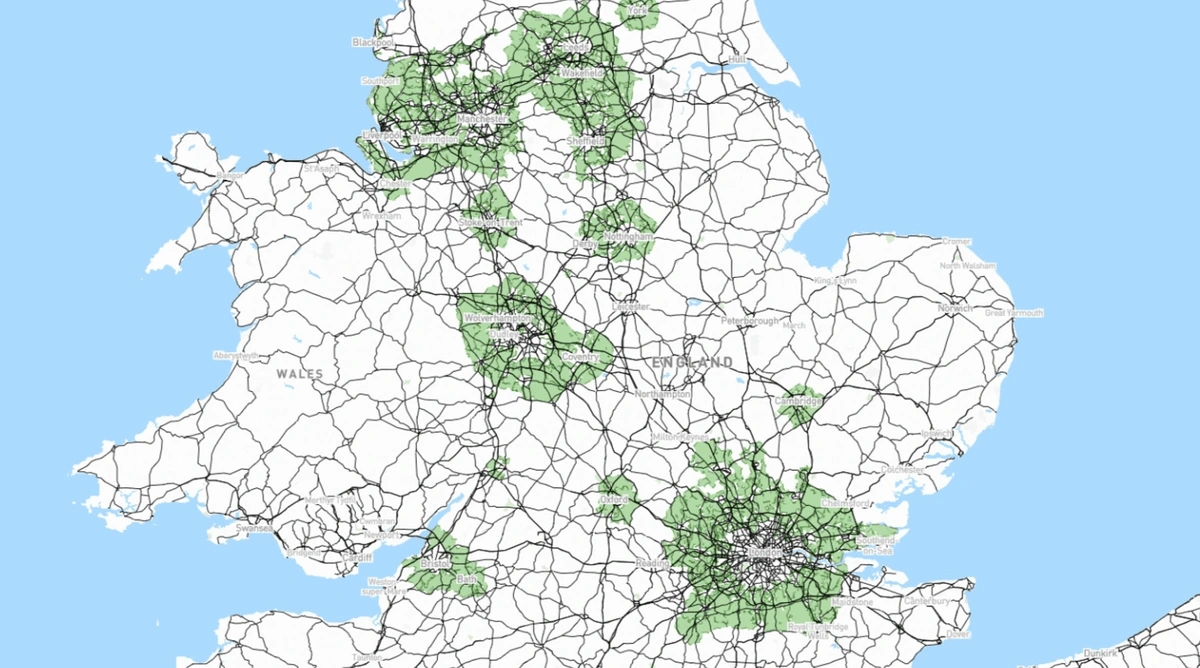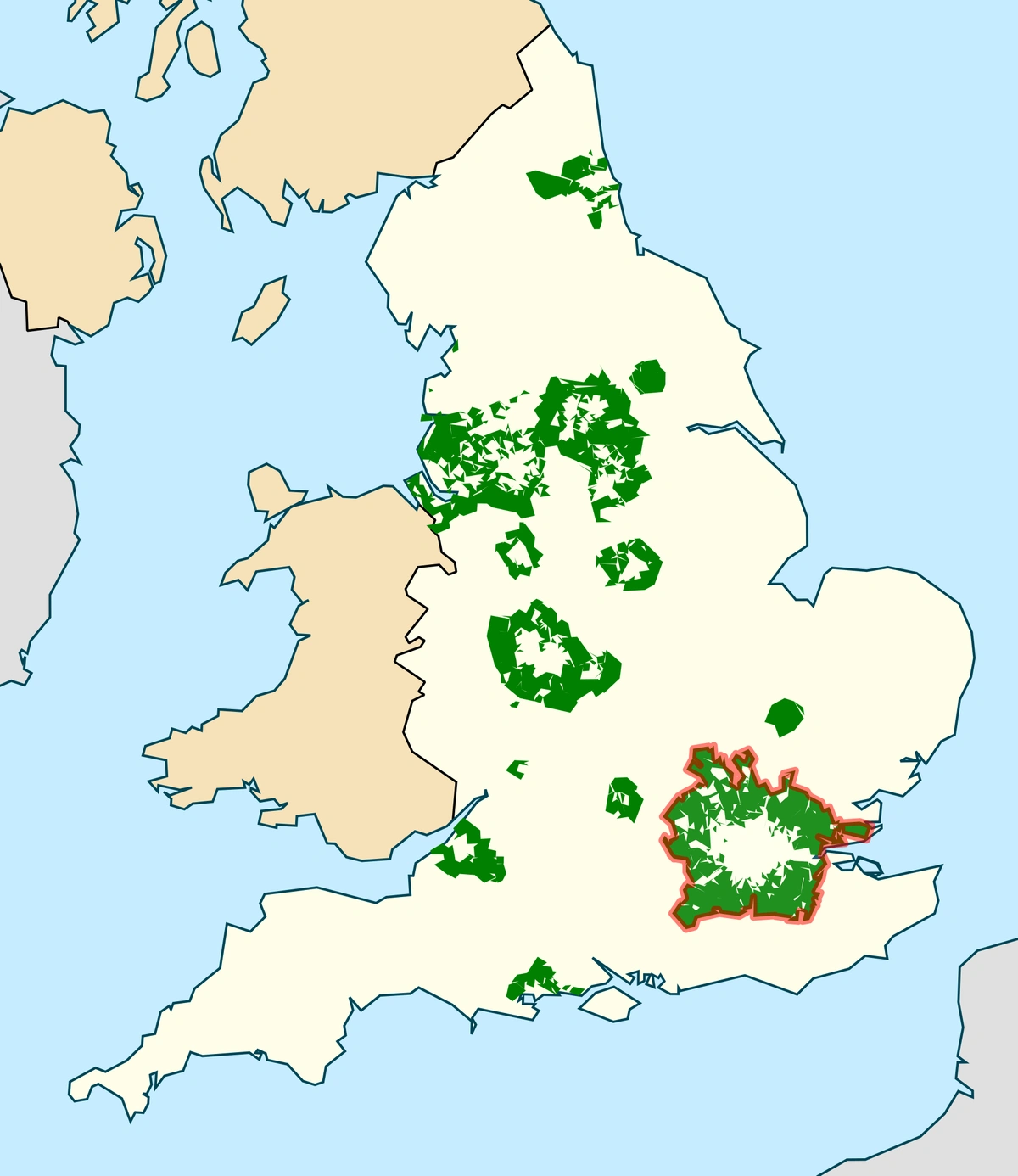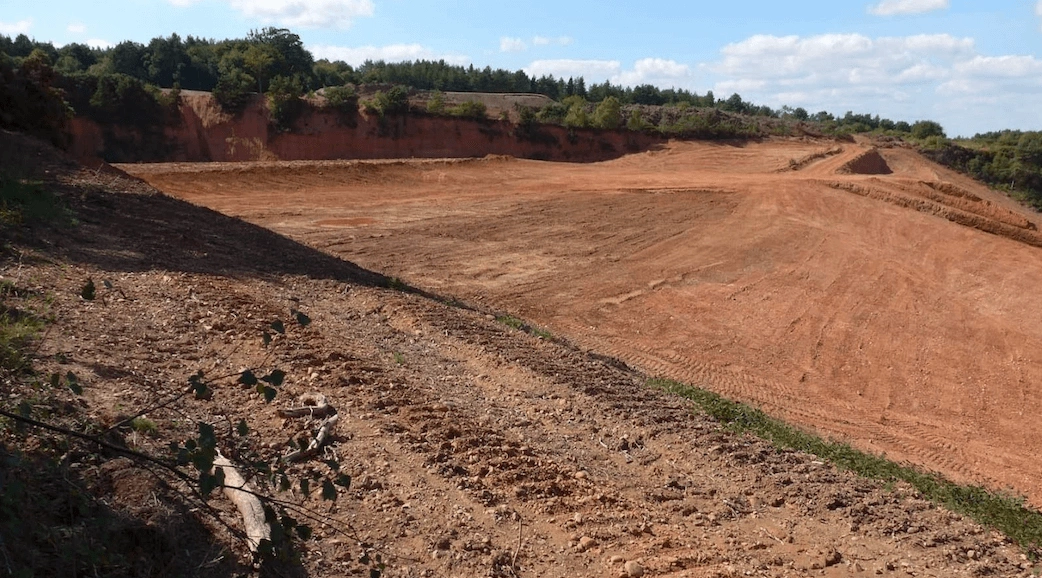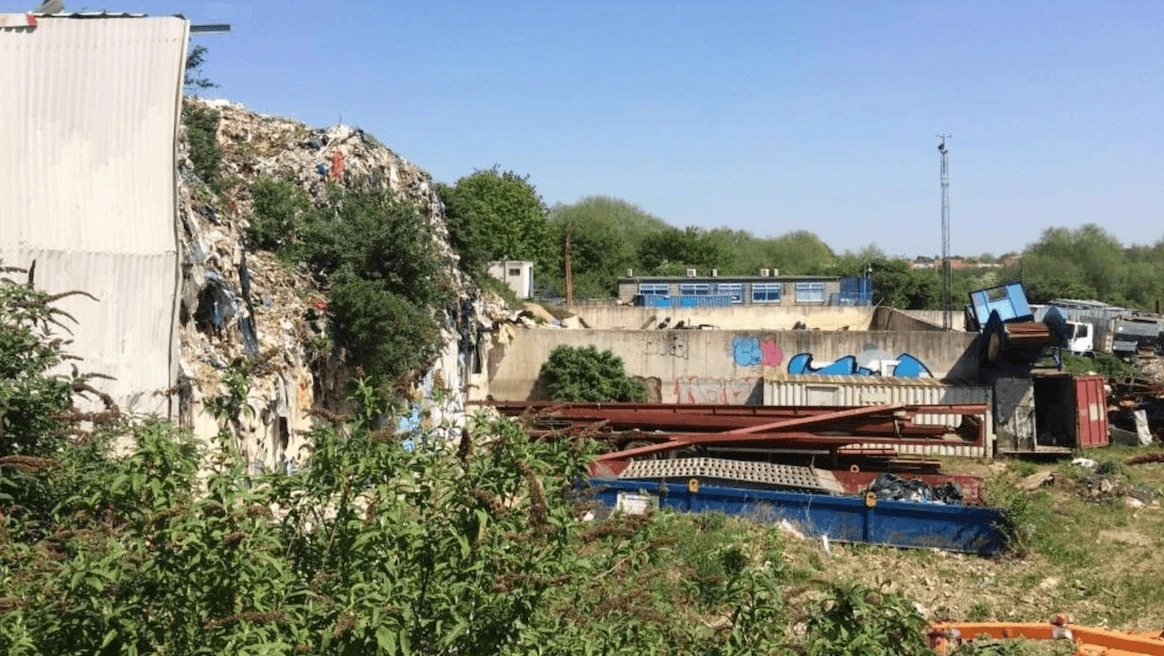What is the Green Belt?
The Green Belt has been a cornerstone of UK planning policy since its inception in the mid-20th century. Designed to prevent the unchecked sprawl of urban areas, the Green Belt has been a source of both support and controversy, particularly in light of the growing housing crisis. While it has played a vital role in controlling urban expansion, the Green Belt is often misunderstood. In recent years, the concept of the Grey Belt—semi-developed urban areas—has gained traction as a potential solution to meet housing needs without encroaching on protected countryside. In this article, we will delve into common misconceptions about the Green Belt, the emerging significance of the Grey Belt, and the development opportunities these areas offer.
Download the latest Professional OS Maps
Green Belt Misconceptions
One of the most widespread misconceptions about the Green Belt is that it is solely "green" in nature. The term conjures up images of lush, untouched landscapes; however, much of Green Belt land is actually used for agriculture or other non-environmental purposes. Fields, industrial sites, and even certain types of low-impact development often exist within the Green Belt, highlighting that this land is not always the idyllic green space many imagine.
It is also critical to understand that the Green Belt is not an environmental policy. Its primary purpose is to prevent urban sprawl, rather than to protect the environment or maintain biodiversity. Environmental protection is covered under separate designations such as Areas of Outstanding Natural Beauty (AONB) and Sites of Special Scientific Interest (SSSI). These areas are designated specifically for their ecological value, whereas the Green Belt is primarily about spatial planning and urban containment.
Another key misconception is the assumption that development within the Green Belt is entirely prohibited. While the policy does impose strict restrictions on development, there are instances where building within the Green Belt is permitted. In fact, many experts argue that certain areas of the Green Belt could be released for development to help address the UK’s growing housing crisis. The notion of allowing targeted development in specific Green Belt areas, particularly those with lower environmental value or near existing infrastructure, has been increasingly debated. Critics of the Green Belt policy argue that it is often applied too rigidly, preventing sensible and sustainable development in areas that could benefit from it.
Green belt interactive map provided by Urbanist Architecture

The Five Purposes of Green Belt Land
To fully grasp the function of the Green Belt, it is important to understand its five core purposes, as set out in the National Planning Policy Framework (NPPF). These purposes reflect the policy’s focus on managing urban growth and protecting certain landscape features:
-
To check the unrestricted sprawl of large built-up areas: The primary purpose of the Green Belt is to prevent cities and towns from expanding uncontrollably into the countryside. By placing a buffer around urban areas, the policy ensures that there is a clear distinction between urban and rural environments.
-
To prevent neighbouring towns from merging into one another: Green Belt land maintains open space between towns and cities, preserving the individual character of each settlement and preventing them from coalescing into a single, sprawling urban area.
-
To assist in safeguarding the countryside from encroachment: While the policy is not directly about environmental protection, it does help to safeguard rural areas from being overtaken by development, thus preserving the natural and agricultural landscape.
-
To preserve the setting and special character of historic towns: The Green Belt helps to protect the distinct identity of historic towns by preventing new developments from encroaching too closely and altering their unique character.
-
To assist in urban regeneration by encouraging the recycling of derelict and other urban land: By restricting development in surrounding areas, the Green Belt encourages development within existing urban spaces, directing attention towards brownfield sites and promoting urban regeneration.
These purposes highlight the Green Belt’s role as a planning tool designed to shape the structure of cities and towns, rather than as an environmental protection mechanism. However, the rigid nature of this zoning system has been criticised for being too inflexible in the face of modern housing demands.
The Housing Crisis and the Green Belt
The UK’s housing shortage is a growing problem, with demand far outstripping supply, particularly in high-growth areas such as London and the South East. Estimates suggest that the UK needs to build between 300,000 and 340,000 new homes per year to meet demand, yet the current rate of construction falls short of this target.
Many argue that the strict protections on Green Belt land contribute to the housing crisis by limiting the amount of land available for development. While there are undoubtedly areas within the Green Belt that should remain protected, there are also large tracts of land that could potentially be released for housing without compromising the policy’s core purposes. Some studies have shown that releasing just a small percentage of Green Belt land for development could yield hundreds of thousands of new homes, particularly in areas with good transport links and infrastructure.
However, the idea of developing the Green Belt is not without its opponents. Environmental groups, as well as some local residents, argue that once Green Belt land is lost to development, it is difficult to reclaim it as open space. They also raise concerns about the impact of development on local ecosystems and the loss of recreational spaces. These opposing views reflect the delicate balance between preserving open space and meeting the urgent need for new housing.
The Grey Belt: A New Opportunity?
The Grey Belt is an emerging concept that refers to semi-developed or under-utilised urban areas, such as brownfield sites, old industrial zones, and vacant buildings. Unlike the Green Belt, which is often seen as sacrosanct, Grey Belt areas are ripe for redevelopment. These areas offer the potential to provide much-needed housing without encroaching on protected countryside or agricultural land.
Redeveloping Grey Belt areas can revitalise neglected urban spaces, boost local economies, and improve infrastructure. Furthermore, building on brownfield sites can help reduce the pressure to develop on greenfield sites, which are typically less suited to development and more valuable in terms of biodiversity and ecosystem services.
One of the key advantages of the Grey Belt is its potential to address the housing shortage more quickly than Green Belt development. Brownfield sites, in particular, are often located within or near existing urban areas, meaning that they are already connected to essential infrastructure such as roads, schools, and public transport. This makes them more viable for immediate redevelopment compared to remote greenfield sites, where new infrastructure would need to be built from scratch.
Opportunities for Developers in the Green and Grey Belt
For developers, both the Green Belt and Grey Belt present significant opportunities, albeit in different ways. While development in the Green Belt is heavily restricted, there are still opportunities to unlock land for housing, particularly if policies are reformed to allow for more targeted, sustainable development. Developers can explore strategies such as reviewing stalled planning applications, identifying sites where local authorities have regeneration aspirations, and assessing the five-year housing land supply to identify areas where housing delivery targets are not being met.
The Grey Belt, on the other hand, is a more immediate opportunity for development. By focusing on brownfield sites, developers can position themselves to meet local housing needs while contributing to urban regeneration. Local authorities are increasingly recognising the potential of Grey Belt sites, with some councils offering incentives or fast-tracking planning applications for developments that align with their regeneration goals.
Grey belt area zone, provided by Urbanist Architecture
The Green Belt and Grey Belt are two important concepts in UK planning policy, each offering distinct opportunities and challenges for development. While the Green Belt has traditionally been viewed as untouchable, there is growing recognition that targeted development could help alleviate the housing crisis. The Grey Belt, meanwhile, represents an underutilised resource that could be key to meeting the country’s housing needs without sacrificing protected land.
For developers, understanding the nuances of these policies and how they interact with local planning frameworks is essential. Whether through unlocking potential Green Belt sites or capitalising on the redevelopment opportunities in the Grey Belt, there are significant opportunities to be found—provided that the policy landscape continues to evolve to meet the challenges of the modern housing market.


